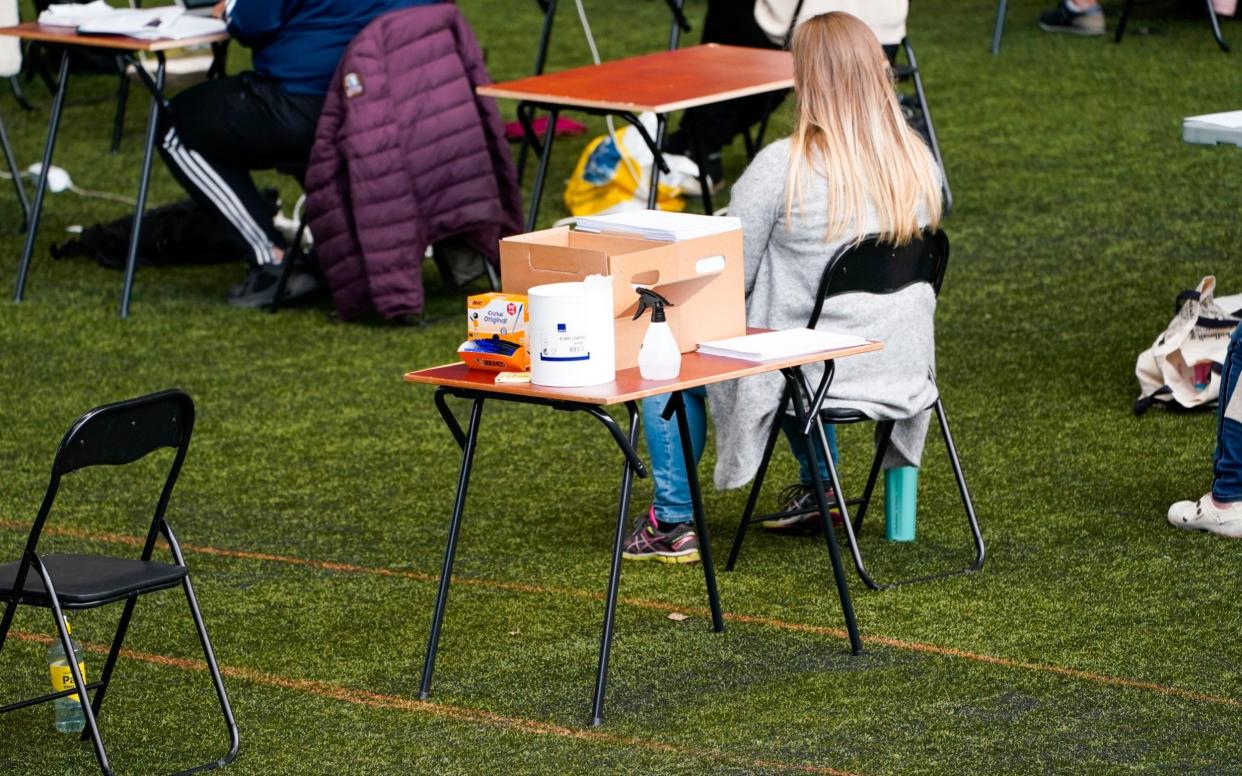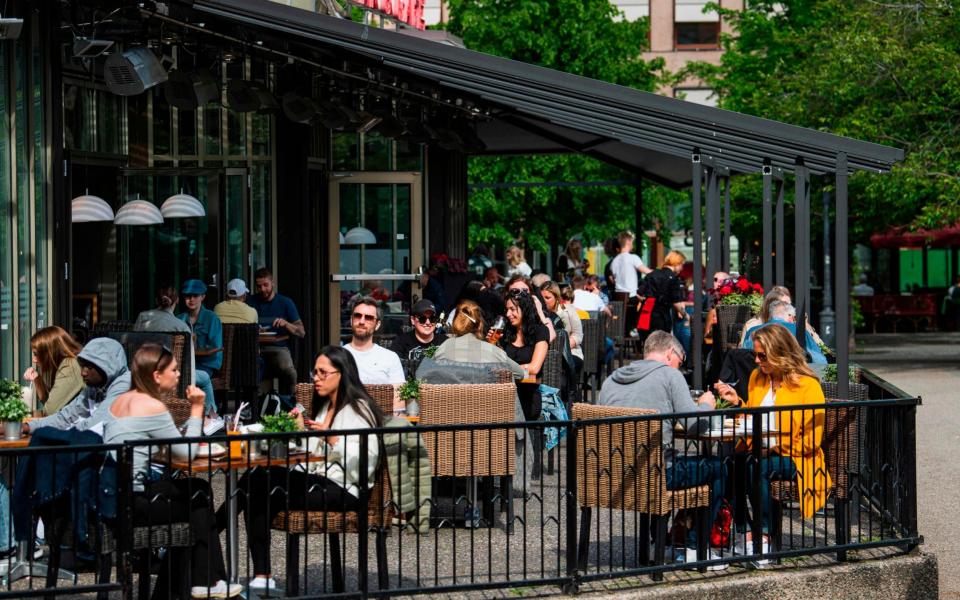Coronavirus: Norway wonders if it should have been more like Sweden

On Wednesday night, Norway's prime minister Erna Solberg went on Norwegian television to make a startling admission. Some, even most, of the tough measures imposed in Norway's lockdown now looked like steps too far. "Was it necessary to close schools?" she mused. "Perhaps not."
It was a preemptive step only a leader with Solberg's folksy, down-to-earth style could get away with. "I probably took many of the decisions out of fear," she admitted, reminding viewers of the terrifying images then flooding their screens from Italy.
She is not the first in Norway to conclude that closing schools and kindergartens, making everyone work from home, or limiting gatherings to a maximum of five people might have been excessive.
As far back as May 5, the Norwegian Institute of Public Health (NIPH) published a briefing note reporting that at the time the lockdown was imposed on March 12, Norway's reproduction number - the number of people each infected person on average infects - had already fallen to 1.1. It slipped under 1 on March 19.
"Our assessment now....is that we could possibly have achieved the same effects and avoided some of the unfortunate impacts by not locking down, but by instead keeping open but with infection control measures," Camilla Stoltenberg, NIPH's Director General (and the sister of Nato head Jens Stoltenberg) said in a TV interview earlier this month.

No one doubts Norway's success in bringing the pandemic under control. On Friday, there were just 30 people in hospital with coronavirus and five on a ventilator. Only one person had died all week. The per capita death toll is now 44 per million people, just over a tenth of that seen in neighbouring Sweden, where 4,971 people have died.
But this success has come at a prohibitive social and economic cost. An expert committee charged with carrying out a cost-benefit analysis into the lockdown measures in April estimated that they had together cost Norway 27bn kroner (£2.3) every month. With only 0.7 per cent of Norwegians infected, according to NIPH estimates, there is almost no immunity in the population.
The expert committee concluded last Friday that the country should avoid lockdown if there is a second wave of infections.
"We recommend a much lighter approach," the committee's head, Steinar Holden, an Oslo University economics professor, told the Sunday Telegraph. "We should start with measures at an individual level -- which is what we have now -- and if there’s a second wave, we should have measures in the local area where this occurs, and avoid measures at a national level if that is possible."
Norway's current strategy -- using testing, contact tracing, and home isolation to keep the level of infections down without heavy restrictions -- would be best, the report concluded. But if this 'keep down' strategy fails to prevent a surge in cases, a 'brake strategy' which aims to suppress the rate of transmission but not bring it below 1, would be preferable to a lockdown.
"If it’s necessary to have very strict restrictions for a long time, then the costs are higher than letting the infection go through the population," Holden told the Telegraph. "Because that would be immensely costly."
According to the report, a brake strategy would cost as much as 234bn kroner (£20bn) less than an "unstable keep-down" scenario, if you assume that those infected gain immunity and that no vaccine is developed until 2023. But it would also lead to a little over 3,000 additional deaths.

One measure that no one thinks should be reimposed is school closures.
Holden's committee estimated in April that the measure had cost 6.7 bn kroner (£520m) a month, while at best having "little impact" on the spread of infection. NIPH has gone further, and suggested that school closures may have even increased the spread.
Margrethe Greve-Isdahl, the doctor who is NIPH's expert on infections in schools, told the Telegraph that if schools hadn't been closed, they could have played a role in informing people in immigrant communities - which were hit disproportionately hard by the epidemic - of hygiene and social distancing rules.
"They can learn these measures in school and teach their parents and grandparents, so at least for some of these hard-to-reach minorities, there might be a positive effect from keeping kids in school."
There were also fears in late March and April that adolescents were spreading the virus more out of schools than they would have been in them. "There were large groups of adolescents that were hanging out together and not necessarily following any preventive measures," Greve-Isdahl said.
But perhaps the main reason Norway is unlikely to close schools again, whatever happens in future waves of infection, is the recognition of the impact on the most vulnerable pupils.
"There's now a lot of information available on how it has impacted negatively on the economy and on vulnerable children. Their whole care system has kind of collapsed," Greve-Isdahl says. "I think there would be it would be difficult to impose heavy restrictions again."
Norway, it seems, has already decided a second lockdown is not the way to go, however much the infection flares up again. But that does not mean its prime minister has any regrets.
"I think it was the right to do at the time," she said. "Based on the information we had, we took a precautionary strategy."
It will probably never be possible to know, she added, which of the lockdown measures Norway imposed caused the number of infections to drop away so sharply, if any.


